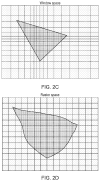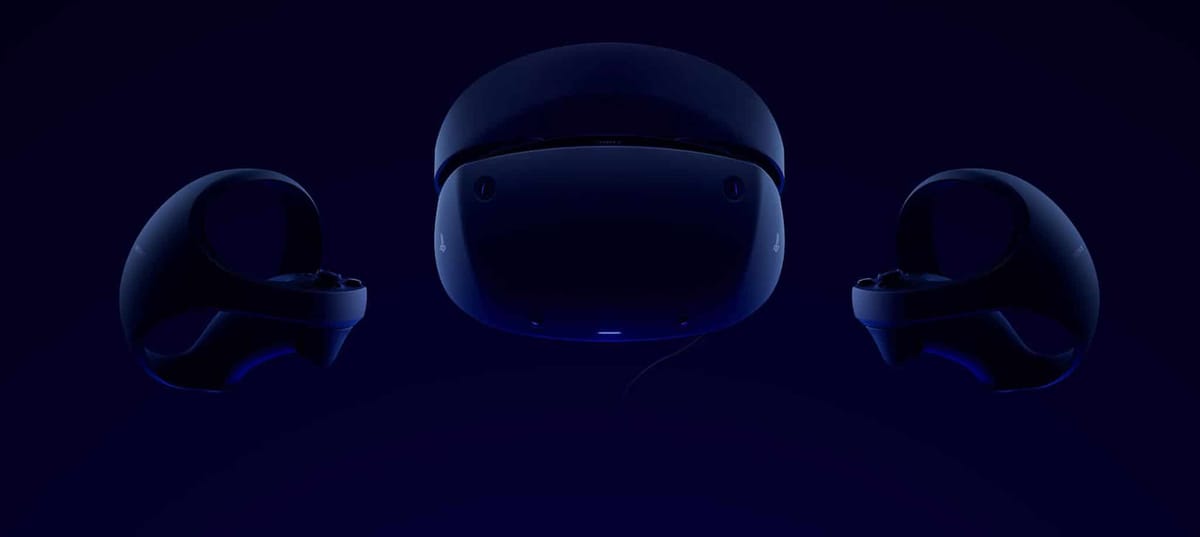snc
Veteran
Yeah but its like compariosn rtx2060ti using dlss to consoles as performance comparison. Not best but still its unique feature for some hw that there is not on other.The whole point of foveated rendering is that it's not running at a high resolution (but you don't notice). If indeed settings are the same, and the image quality is indistinguishable between the two (two big ifs) then this is testament to foveated rendering and doesn't really say anything specific about the P5's performance.





